Special Report
The Cheapest Electric Vehicles You Can Buy
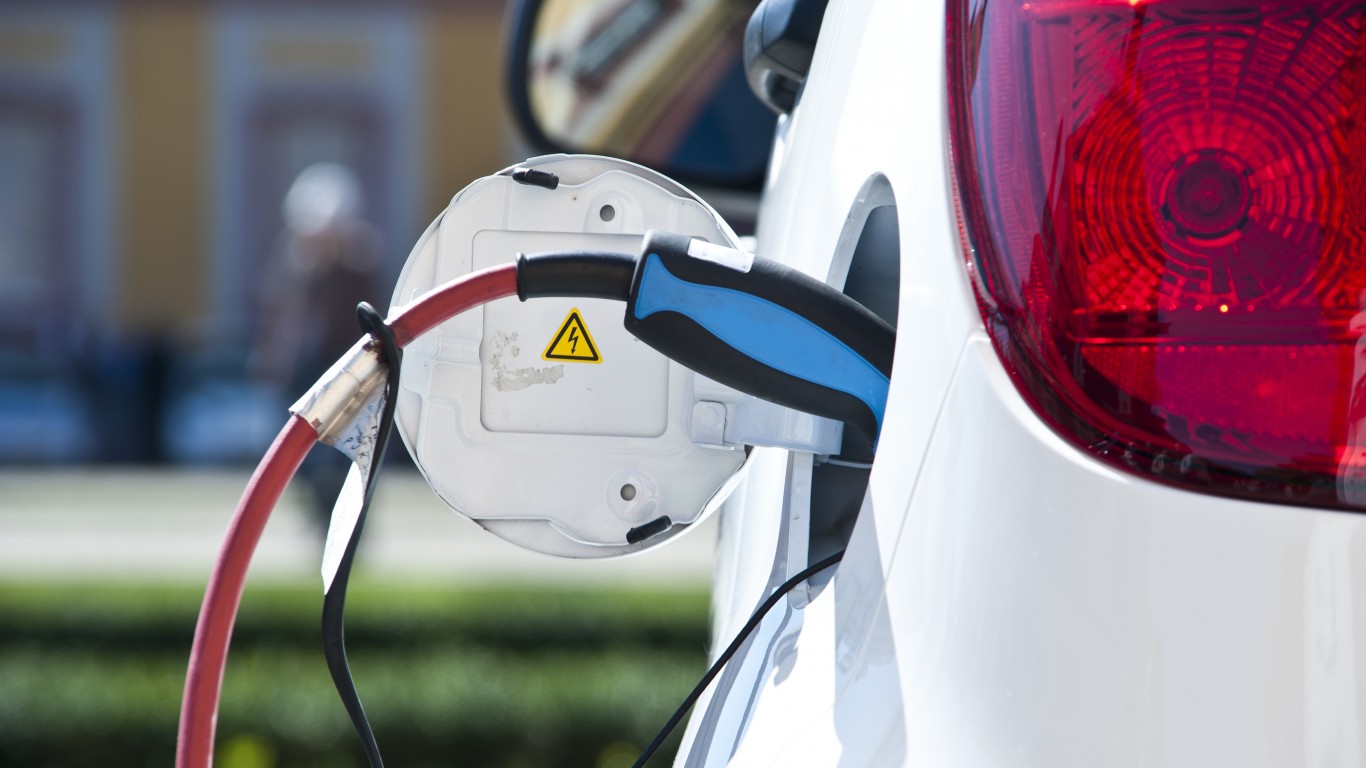
Published:
Last Updated:

Many new car buyers no doubt weigh the option of purchasing an electric vehicle. One consideration that may sway some consumers against this option is the availability of charging stations. But there are plenty of advantages to purchasing hybrid electric vehicles, plug-in hybrid electric vehicles, and all-electric vehicles, not to mention they might be more affordable than you imagine.
There are plenty of benefits to purchasing an electric vehicle. While, yes, they are generally more expensive than comparable conventional vehicles, the U.S. Department of Energy predicts that prices will equalize as production volumes increase and battery technologies continue to improve. Electric vehicle owners can also apply for incentives and tax credits. And, with gas prices soaring, the cost of charging an electric vehicle is generally less than filling up a gas tank.
Hybrid electric vehicles also generally have better fuel economy and lower fuel costs than similar conventional vehicles. Many electric vehicles and hybrids can be plugged in at home overnight, and according to the Alternative Fueling Station Locator, there are more than 80,000 charging stations nationwide, with more being added all the time. (These are the 25 best U.S. cities to own an electric car.)
Of course, electric vehicles also emit far fewer emissions than conventional gas-powered vehicles. All-electric vehicles produce zero tailpipe emissions, and plug-in hybrid electric vehicles produce none when in all-electric mode. And if battery life is a concern, the Department of Energy estimates that today’s electric vehicles will be able to last 12 to 15 years without a battery change in moderate climates, with the technology continuing to improve.
At the end of the day, when it comes to going electric, the pros are rapidly beginning to outweigh the cons. “Going green” is easier said than done, and purchasing an electric vehicle is an investment. (These are America’s dirtiest cities in 2022.)
To find the 10 cheapest electric vehicles you can buy, 24/7 Wall St. reviewed Car.com’s Here Are the 11 Cheapest Electric Vehicles You Can Buy. All data is from Car.com. The most expensive car on the list has a starting price of nearly $45,000. This is less of a financial investment than many might think when first considering an electric vehicle – and it is one that is better for them, and the planet, in the long term.
Click here to see the cheapest electric vehicles you can buy
10. Hyundai Ioniq 5
> Starting price: $44,895
> EPA-estimated range: 220-303 miles
> Eligible for federal plug-in credit: Yes
[in-text-ad]
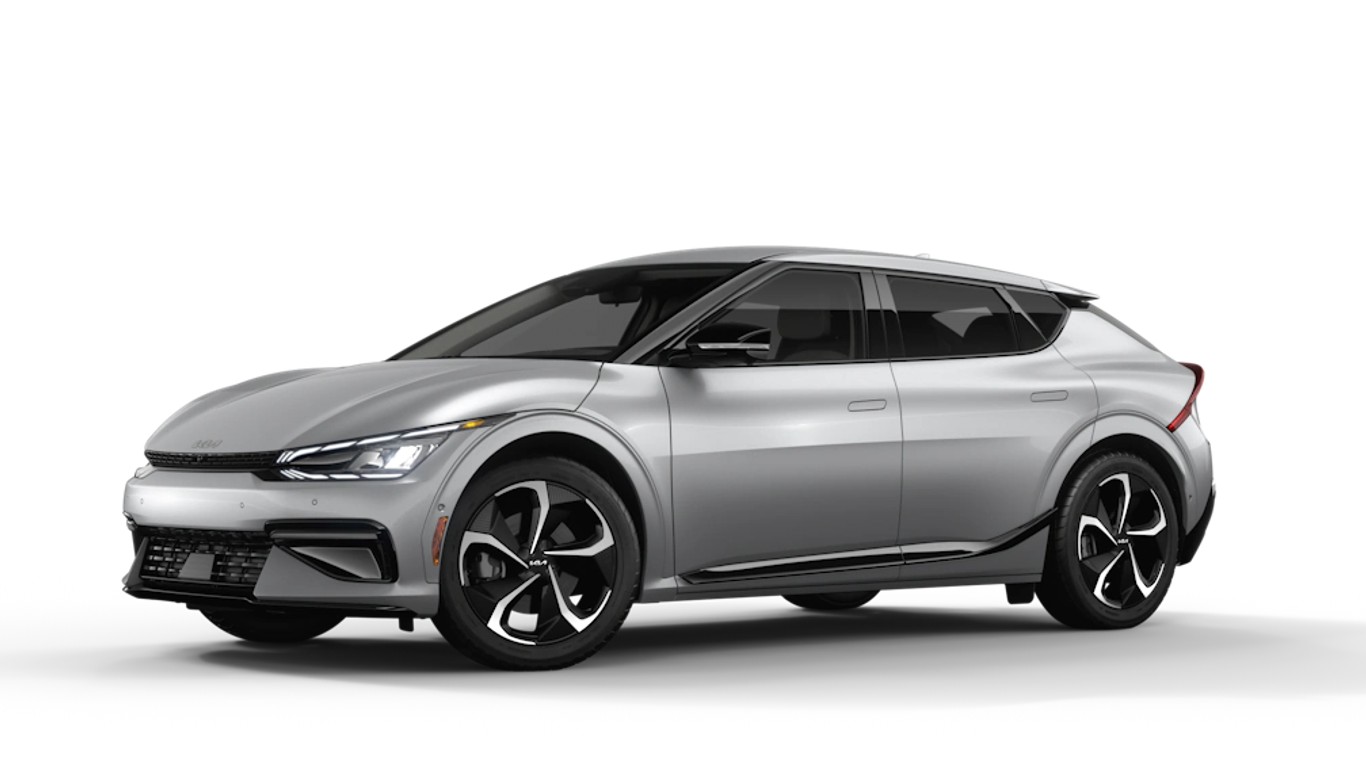
9. Kia EV6
> Starting price: $42,115
> EPA-estimated range: 232-310 miles
> Eligible for federal plug-in credit: Yes

8. Volkswagen ID.4
> Starting price: $41,995
> EPA-estimated range: 240-260 miles (based on 2021 range)
> Eligible for federal plug-in credit: Yes
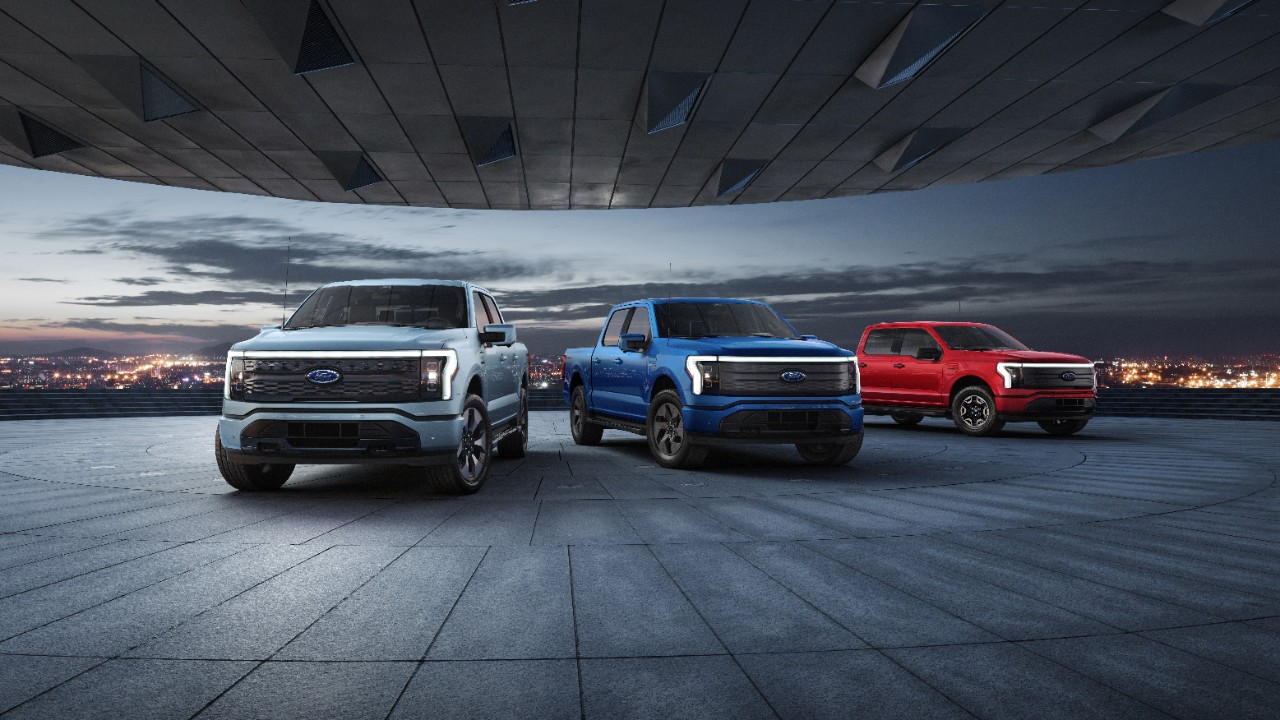
7. Ford F-150 Lightning
> Starting price: $41,669
> EPA-estimated range: 230-300 miles (TBD, based on Ford estimate)
> Eligible for federal plug-in credit: Yes
[in-text-ad-2]
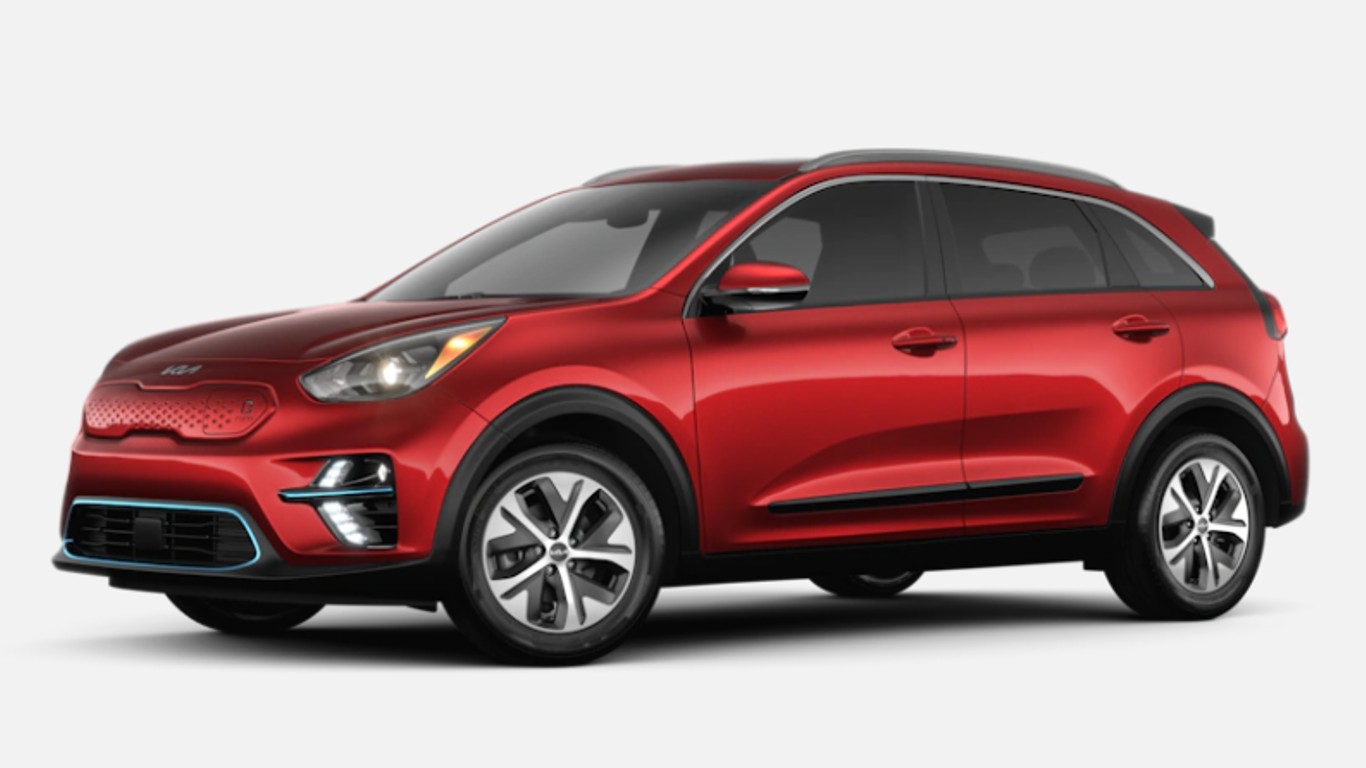
6. Kia Niro EV
> Starting price: $41,205
> EPA-estimated range: 239 miles
> Eligible for federal plug-in credit: Yes
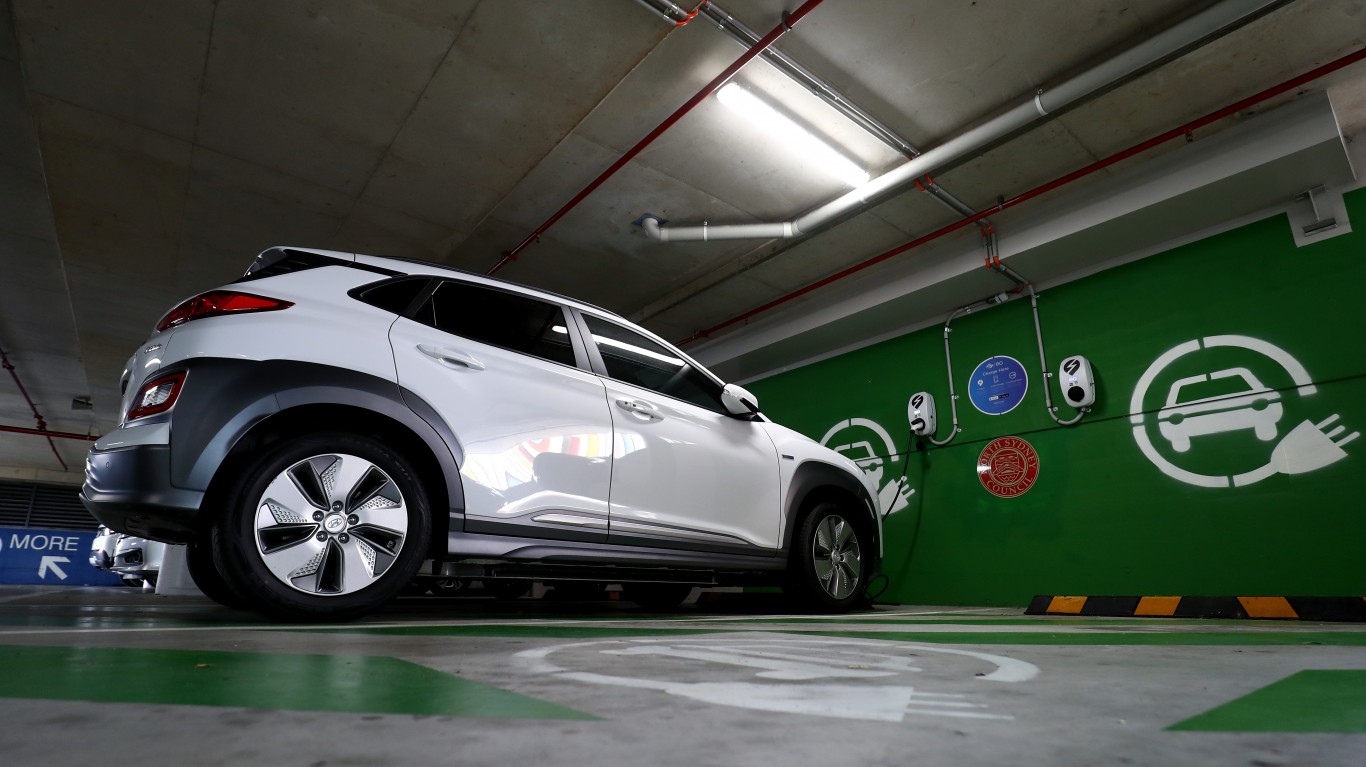
5. Hyundai Kona Electric
> Starting price: $35,245
> EPA-estimated range: 258 miles
> Eligible for federal plug-in credit: Yes
[in-text-ad]
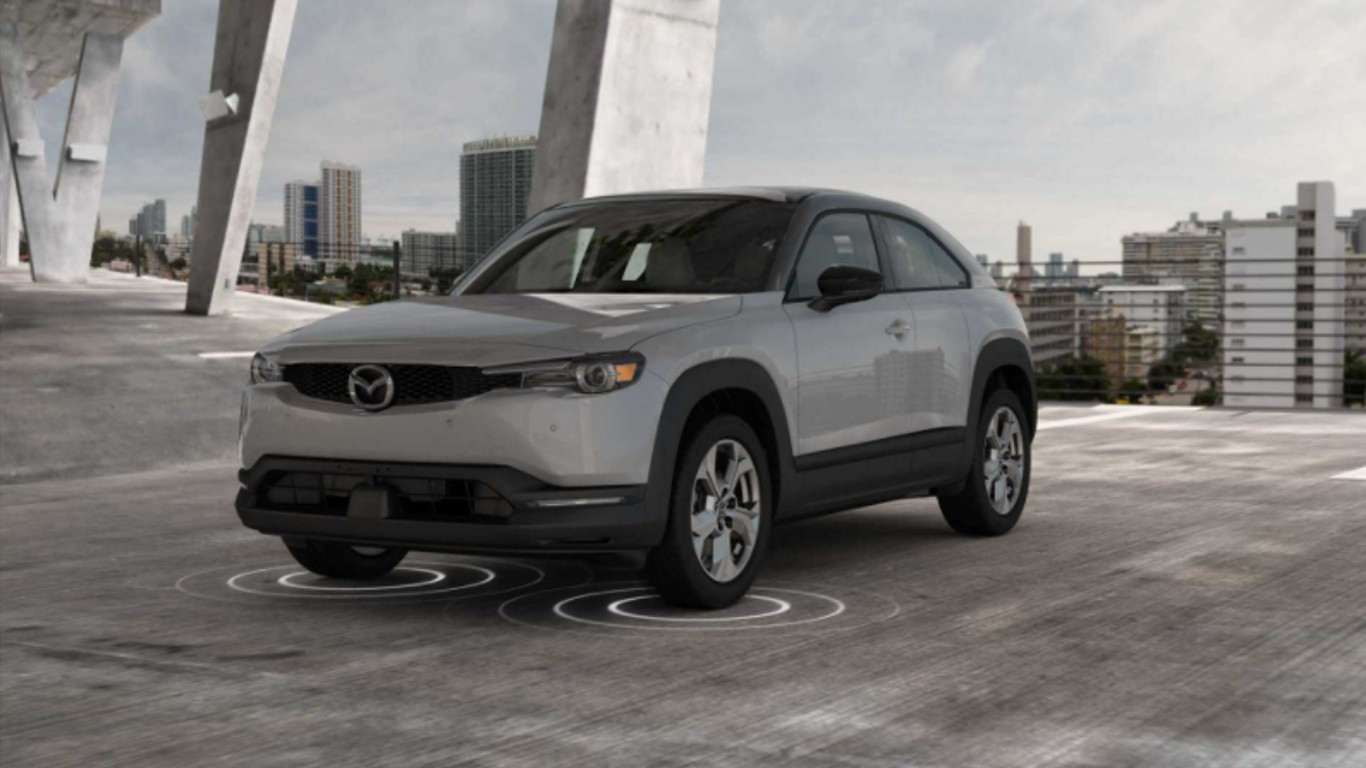
4. Mazda MX-30
> Starting price: $34,695
> EPA-estimated range: 100 miles
> Eligible for federal plug-in credit: Yes
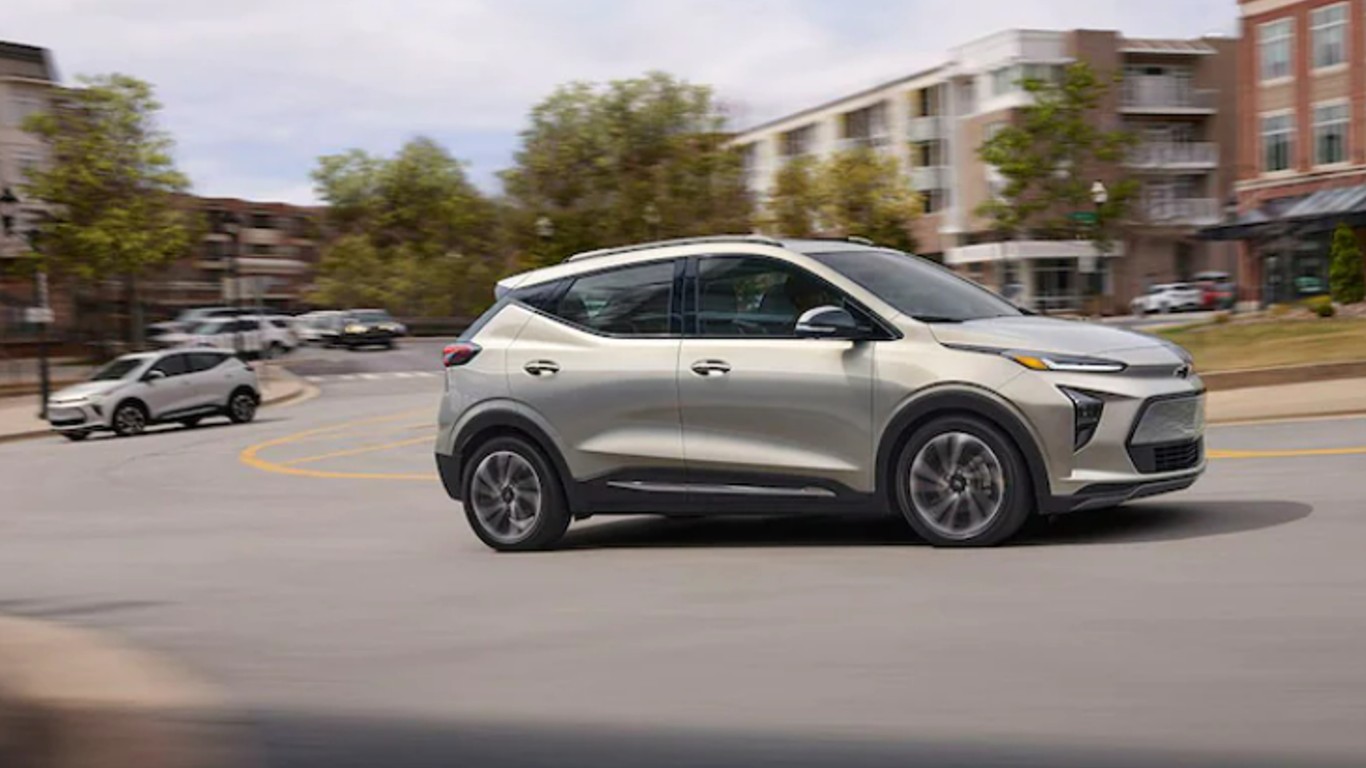
3. Chevrolet Bolt EV, EUV
> Starting price: $32,495
> EPA-estimated range: 247-259 miles
> Eligible for federal plug-in credit: No
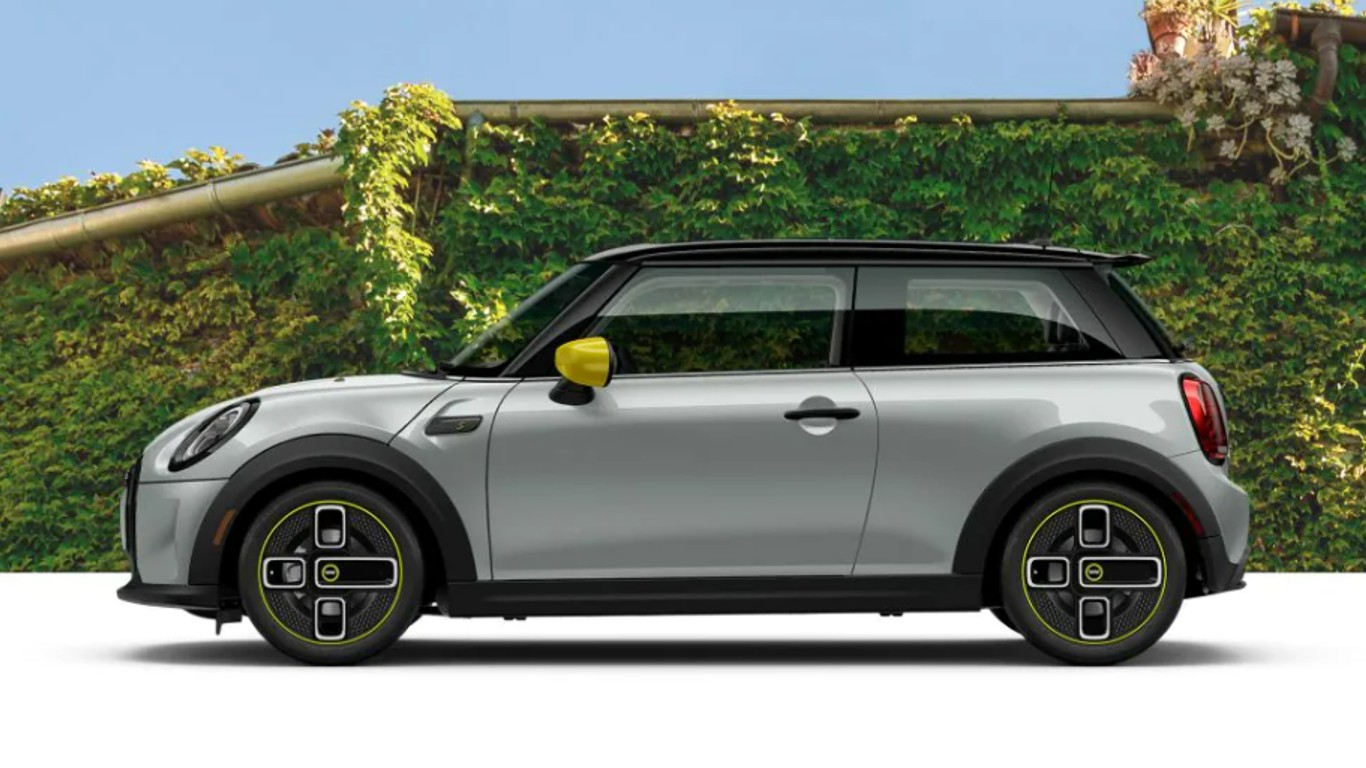
2. Mini Cooper SE Hardtop
> Starting price: $30,750
> EPA-estimated range: 114 miles
> Eligible for federal plug-in credit: Yes
[in-text-ad-2]
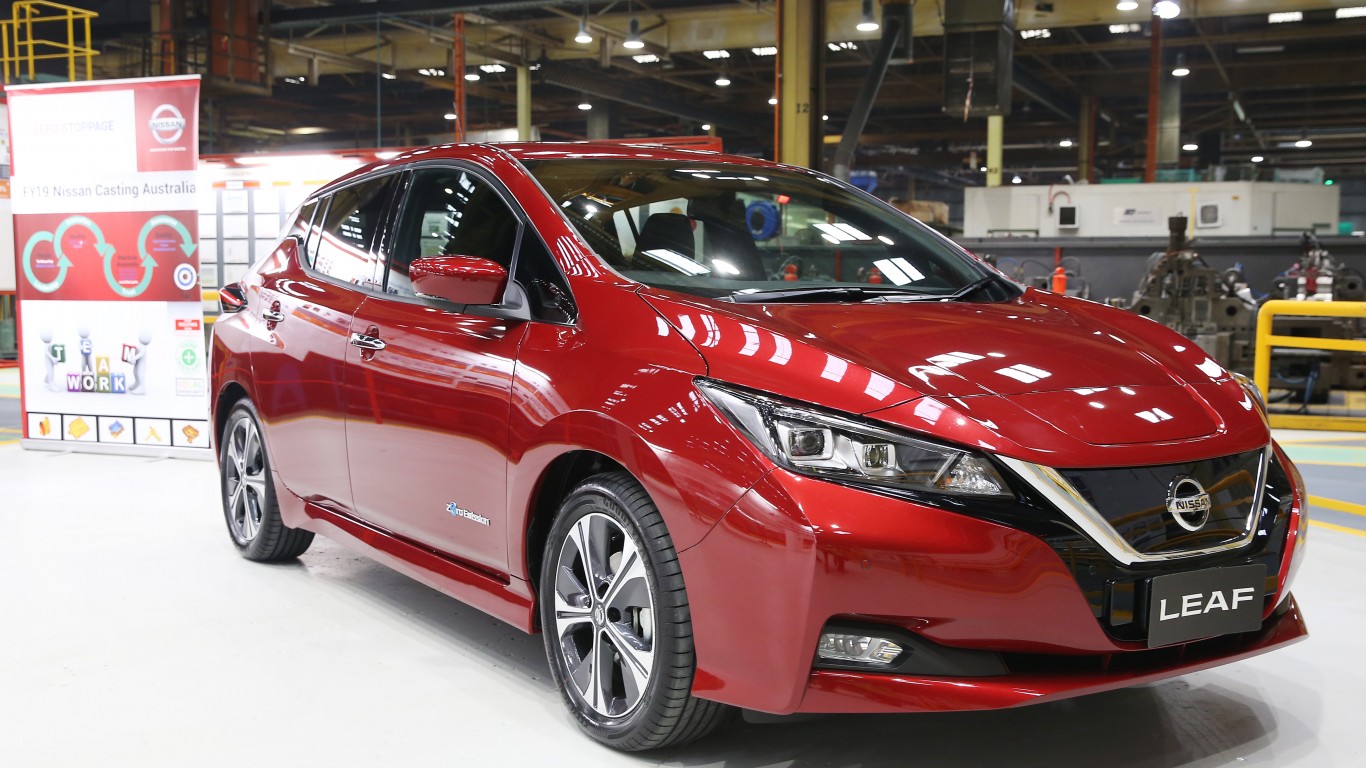
1. Nissan Leaf
> Starting price: $28,425
> EPA-estimated range: 149-226 miles
> Eligible for federal plug-in credit: Yes
Let’s face it: If your money is just sitting in a checking account, you’re losing value every single day. With most checking accounts offering little to no interest, the cash you worked so hard to save is gradually being eroded by inflation.
However, by moving that money into a high-yield savings account, you can put your cash to work, growing steadily with little to no effort on your part. In just a few clicks, you can set up a high-yield savings account and start earning interest immediately.
There are plenty of reputable banks and online platforms that offer competitive rates, and many of them come with zero fees and no minimum balance requirements. Click here to see if you’re earning the best possible rate on your money!
Thank you for reading! Have some feedback for us?
Contact the 24/7 Wall St. editorial team.